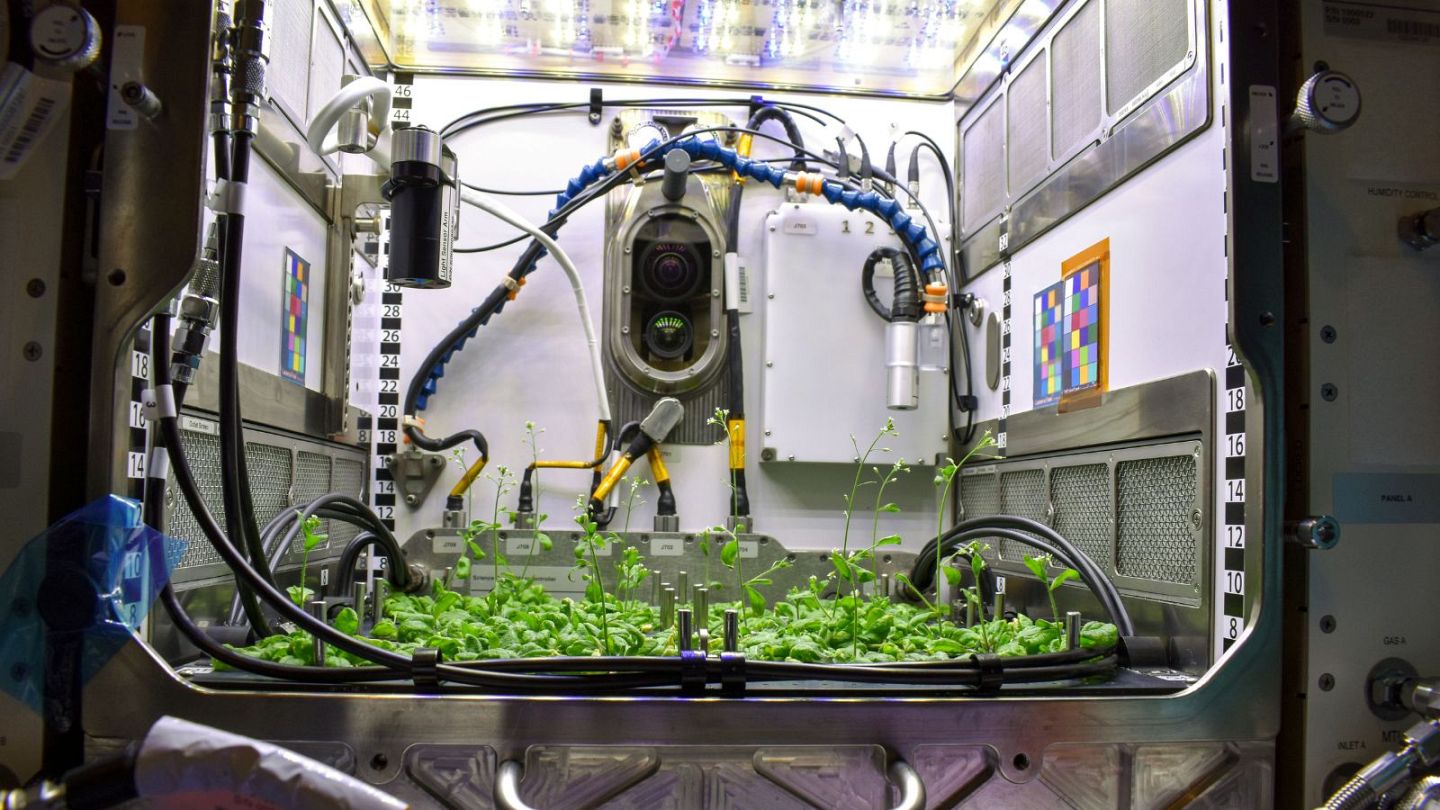
The Future of 3D Printing: From Organs to Space Habitats
In recent years, 3D printing technology has taken the world by storm, revolutionizing industries from healthcare to aerospace. The possibilities seem boundless as this cutting-edge technology continues to evolve. In this article, we will delve into the exciting world of 3D printing and explore its prospects, from creating functional organs to constructing space habitats. Buckle up for a journey into the extraordinary future of 3D printing!
A Glimpse into the Past
Before we embark on the futuristic journey, let’s take a moment to appreciate the humble beginnings of 3D printing. The concept of 3D printing, also known as additive manufacturing, originated in the 1980s. It involved layering material to create three-dimensional objects. However, it was initially limited in scope and application.
The Evolution of 3D Printing
Fast forward to the present, and 3D printing has undergone a metamorphosis. It has transcended its initial constraints and evolved into a versatile technology with far-reaching implications. The Key to its transformation lies in its adaptability and the materials it can manipulate.
Medical Marvels: Printing Organs
One of the most promising areas of 3D printing is in the field of medicine. Researchers are working tirelessly to perfect the art of printing functional organs. Imagine a world where organ transplant waiting lists are a thing of the past. 3D bioprinting has made significant strides in creating tissues and organs, such as hearts, kidneys, and skin grafts. The technology involves layering living cells, which can grow and function like natural organs.
Aerospace Advancements: Space Habitats
Beyond Earth, 3D printing is poised to play a pivotal role in space exploration. NASA and other space agencies are exploring using 3D printing to construct habitats on distant planets, such as Mars. The concept is simple but groundbreaking: send a 3D printer to a remote location and use locally available materials to build shelters for astronauts. This approach could drastically reduce the cost and complexity of space missions.
The Key to 3D Printing’s Potential
The success of 3D printing lies in its ability to adapt to a wide range of materials. Traditional manufacturing methods often require specialized machinery for each material, making production expensive and time-consuming. In contrast, 3D printers can work with various materials, including plastics, metals, ceramics, and food.

Customization and Complexity
Another remarkable aspect of 3D printing is its capacity for customization. Manufacturers and designers can create intricate, personalized products with ease. 3D printing allows for precise tailoring to individual needs, from customized prosthetic limbs to bespoke automotive parts.
Overcoming Challenges
While the future of 3D printing is undeniably bright, it has challenges. Some of the obstacles that need to be addressed include:
Material Limitations
Although 3D printers can handle a wide array of materials, there is room for improvement. Researchers are constantly searching for new materials that are functional and compatible with 3D printing processes.
Quality Assurance
Ensuring the quality and safety of 3D-printed products, especially in industries like aerospace and healthcare, is paramount. Rigorous testing and quality control procedures must be in place to guarantee the reliability of 3D-printed components.
Conclusion
As we peer into the future, it is evident that 3D printing will continue to shape industries and push the boundaries of what is possible. This technology is a testament to human innovation and ingenuity, from the creation of vital organs to the construction of habitats on distant planets.
The evolution of 3D printing has been nothing short of extraordinary, and it shows no signs of slowing down. As researchers and engineers explore new horizons, we can only imagine the incredible possibilities.
In conclusion, 3D printing is not just a technological advancement; it is a revolution that can potentially transform our world in ways we could have only dreamed of. Buckle up, for we are on the brink of a future where the impossible becomes possible through the magic of 3D printing.
